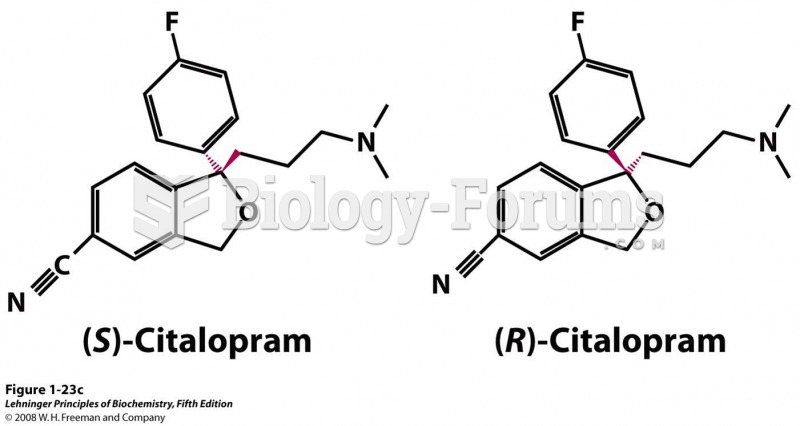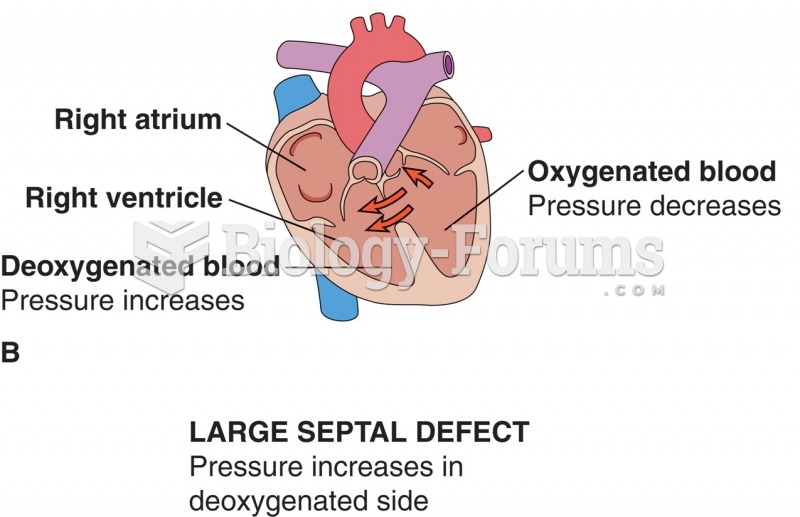This topic contains a solution. Click here to go to the answer
|
|
|
Did you know?
The most common treatment options for addiction include psychotherapy, support groups, and individual counseling.
Did you know?
Human neurons are so small that they require a microscope in order to be seen. However, some neurons can be up to 3 feet long, such as those that extend from the spinal cord to the toes.
Did you know?
The familiar sounds of your heart are made by the heart's valves as they open and close.
Did you know?
In 1844, Charles Goodyear obtained the first patent for a rubber condom.
Did you know?
Your heart beats over 36 million times a year.







